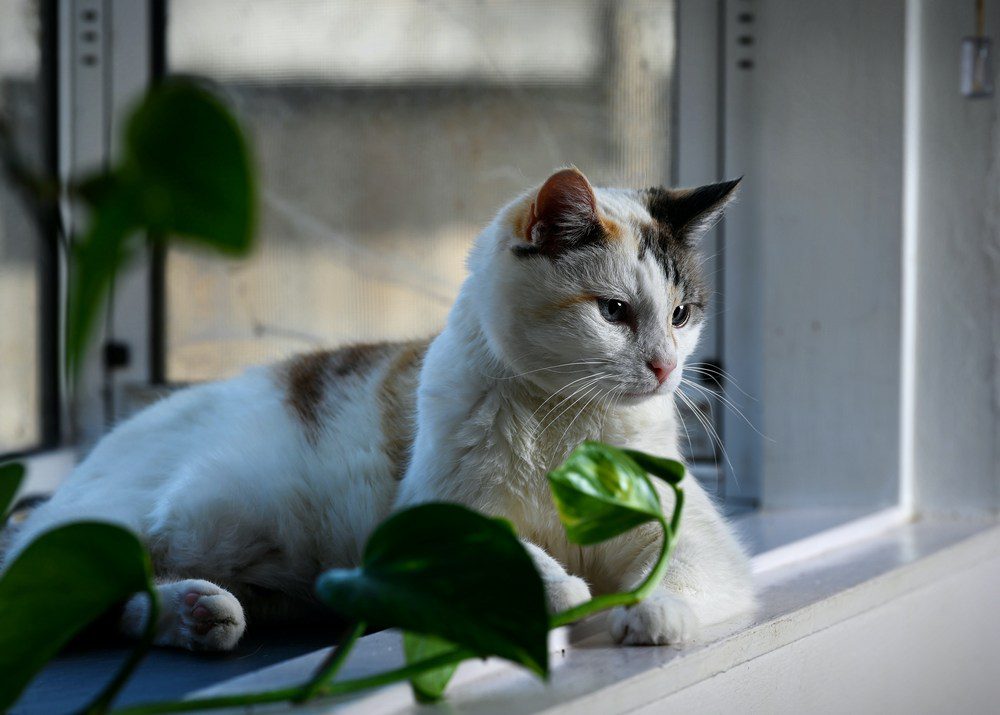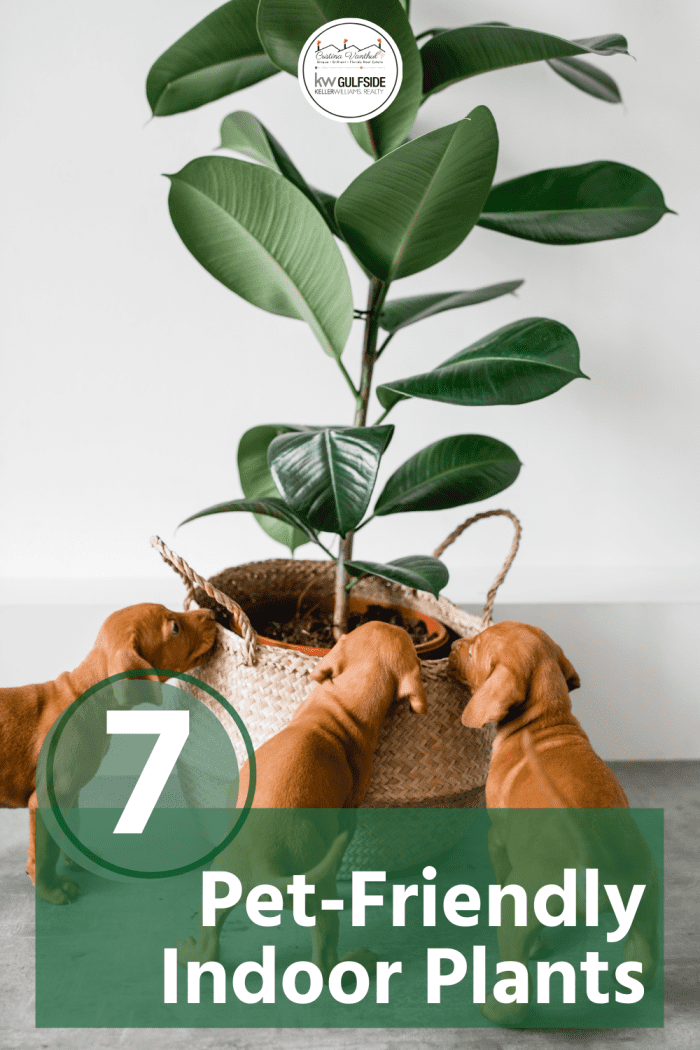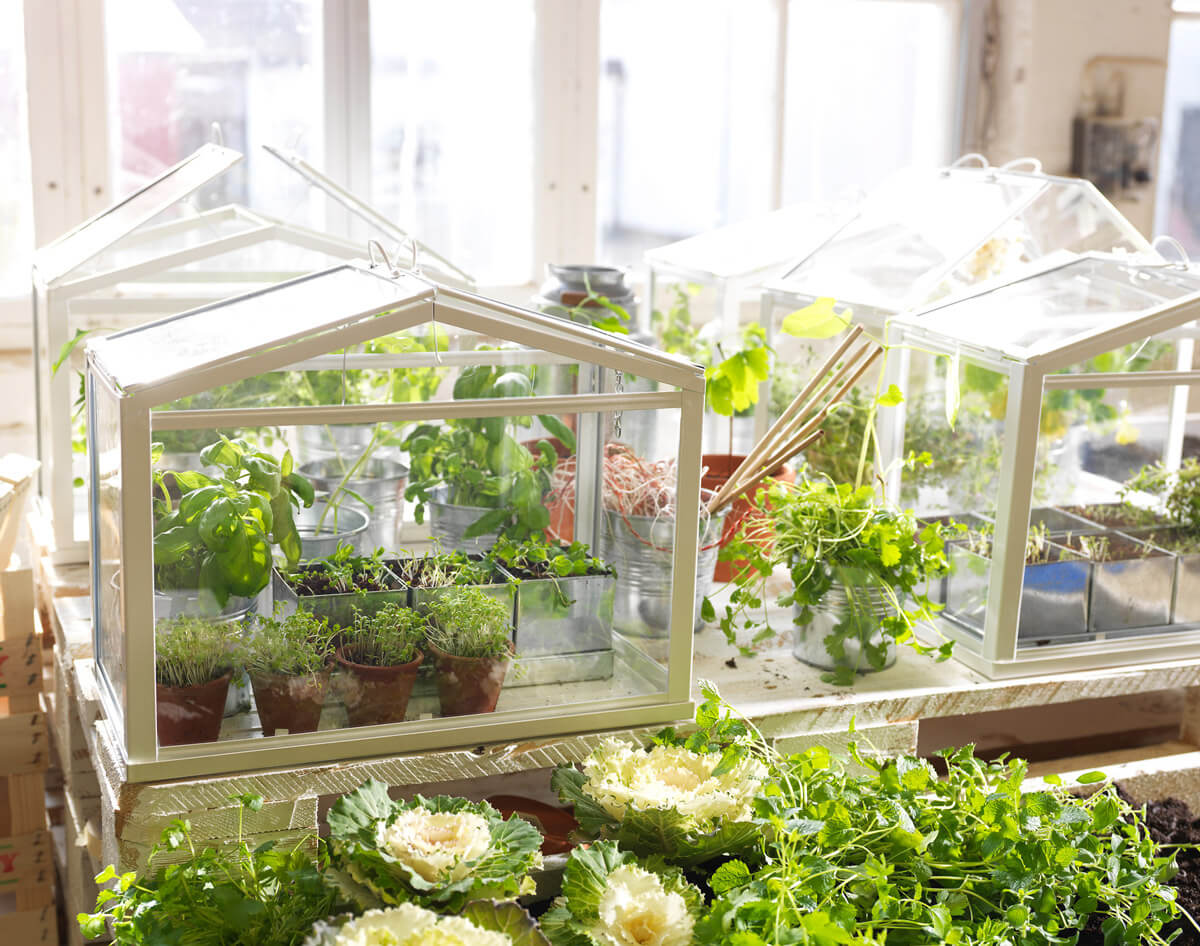Pet-Safe Indoor Plants: Your Easy Guide to a Happy, Healthy Home

Welcome to the ultimate, hands-on roadmap for pet lovers dreaming of a lush, safe indoor jungle—no stress, no regrets, just step-by-step wins! If you’ve ever abandoned your fiddle leaf dreams after a midnight Google panic (“Wait… is that one toxic too?”), you’re in the right place. Grab your favorite mug (bonus points if there’s a paw print on it) and let’s walk through everything you need—from smart plant picks to real-life troubleshooting and even some “I learned this the hard way” stories. Ready? Let’s dig in!

The Unbeatable Mastery Guide to Pet-Safe Indoor Plants: From First Pot to Flourishing Haven
1. PET-SAFE INDOOR PLANTS: THE QUICK ANSWER YOU NEED NOW
Let’s skip straight past the anxiety and give you clarity:
Pet-safe indoor plants are varieties that have been rigorously tested and confirmed non-toxic for cats and dogs—think spider plant, Boston fern, ponytail palm, prayer plant, haworthia, African violet, and baby rubber plant.
But here’s where most guides stop—and I refuse to leave you hanging there! Even “safe” plants can cause a little tummy drama if devoured like salad (ask my beagle mix about her infamous spider-plant snack attack). So yes—there IS a way to fill your space with greenery without living in fear of late-night pet emergencies.
Pro Tip: Keep these top five on your shortlist whenever shopping:
| Plant Name | Pet-Safe? | Light Needs | Watering | Fun Fact |
|---|---|---|---|---|
| Spider Plant | Yes | Bright-indirect | Moderate | NASA-approved air purifier |
| Boston Fern | Yes | Indirect | Consistent | Loves steamy bathrooms! |
| Areca Palm | Yes | Bright-indirect | Regular | Non-toxic & tropical vibes |
| Prayer Plant | Yes | Low-medium | Moist | Folds leaves at night |
| African Violet | Yes | Medium | Keep moist | Flowers year-round indoors |
And don’t forget: double-check every new plant via ASPCA's searchable database or call your local vet for peace of mind.
2. FOUNDATIONS FIRST: WHAT “PET-SAFE” REALLY MEANS
You know those home safety latches for toddlers? Think of “pet-safe” as the botanical version—designed to make accidents rare but not impossible. Here’s what matters:
- Non-toxic: No life-threatening reactions if nibbled.
- Low hazard: At worst, maybe some minor stomach upset.
- No dangerous spines/saps: We don’t want any poked noses or sticky paws!
Why Do Some Plants Even Need Defending?
Back in 2019 when I first brought home my rescue kitten (who immediately gnawed on everything in reach), I learned that houseplants evolved toxins as defense against wild grazers. For example:
- Lilies = kidney failure for cats (even pollen!)
- Sago palm seeds = deadly for both dogs & cats (one seed is enough)
If it sounds extreme—it absolutely is. That’s why vigilance beats regret every single time.
Which Pets Does This Apply To?
This guide centers on cats and dogs because they’re notorious for mischief—but rabbit parents take note! Many suggestions will also suit small mammals; birds or reptiles require their own careful research.
3. MASTERY PATHWAY FOR NEWBIES: BUILDING YOUR PET-FRIENDLY INDOOR JUNGLE
Let’s break it into bite-sized stages so nothing feels overwhelming:
STEP 1: Assess Your Home Turf
- Observe light patterns throughout the day—snap quick phone pics at morning/midday/evening.
- Sketch out where pets roam freely (my dog believes every room is his domain).
STEP 2: Decode Your Pet’s Personality
- Cat leaper? Dog digger? Ferret explorer?
- If surfaces aren’t sacred in your house either…plan higher or more secure positions from Day One.
STEP 3: Pick From Proven Winners
Go beyond generic lists—here are three less-hyped favorites I’ve grown over multiple seasons:
- Ponytail Palm: Slow-grower; survived three years with my whippet barreling past daily.
- Haworthia Succulents: Compact; no sharp edges; mine thrive under LED strips.
- Peperomia obtusifolia ("Baby Rubber Plant"): Withstood both puppy mouthing AND toddler tugs.
Bonus tip: Check tags at the nursery—but always cross-reference online before purchase.
STEP 4: Shop Smart
Look for local growers who tag toxicity status (some indie nurseries even display ASPCA links right by the cash register). Online? Lean toward shops specializing in pet-friendly selections (Bloomscape has an easy filter system).
STEP 5: Set Up Like a Pro
Try these small investments with outsized impact:
- Heavy-bottomed ceramic pots ($12–$30): Resists wagging tails!
- Macramé hangers ($10–$25): Instantly boosts vertical square footage.
- River rock top-dressing ($5/bag): Stops curious paws from excavation missions.
STEP 6: The Big Reveal
Unbox new plants during quiet hours—less chance of chaos while pets nap! Introduce gradually; keep treats handy as positive distraction if interest spikes.
4. REAL-LIFE PITFALLS & MY FAVORITE FIXES
Nobody gets it perfect right away (let me tell you about my failed first attempt placing a fern directly beside my cat's favorite sunbeam…).

Common Oopsies:
A) Trusting generic “pet safe” labels
👉 Solution: Always double-check databases as plant names vary regionally!
B) Forgetting soil additives
👉 Solution: Choose organic mixes labeled chemical-free; avoid systemic pesticides entirely indoors.
C) Underestimating feline acrobatics
👉 Solution: Hang main chew-magnets near windows—where sunlight satisfies plants but shelves thwart stealth attacks.
D) Watering emotions instead of roots
👉 Solution: Schedule reminders based on individual needs—a simple $7 soil moisture meter can save $100s in replacement costs down the road!
5. LEVEL-UP STRATEGIES FOR THE DEDICATED PET PLANT PARENT
Once basics feel easy, create displays that dazzle friends and keep critters safe:
Dynamic Layering
Mix upright palms with cascading ferns on staggered stands—aesthetics plus fewer reachable leaf tips!
Shelving Solutions
Install floating ledges above dog height but below ceiling fans (pro-tip from my own kitchen remodel). Anchors rated to hold at least twice anticipated weight = no surprise tumbles during game-time zoomies.
Propagation Fun
Start with spiderettes (“baby spiders”). Place cuttings out of reach until rooted, then gift extras to other pet parents—a win-win ripple effect!
Cost Breakdown Example:
Initial setup for two rooms:
- Four pet-safe starter plants = $45–60 total
- Two sturdy pots + macramé hanger = $32
- Soil + pebbles = $10
So under $100 gets your whole project rolling—with plenty left over for treats!
6. CAN’T-LIVE-WITHOUT TOOLS & RESOURCE LIST
My most-used essentials after years of trial-and-error:
- Narrow-spout watering can: Directs water neatly between leaves without splashing bedding or toys underneath.
- Moisture meter stick: Takes out all guesswork; saves root systems AND sanity!
- Neem oil-based spray: My go-to when fungus gnats appear; never harmed any foster kittens yet.
- Heavy planters/floor stands: Rock-solid stability trumps trendy aesthetics every time if you have high-energy pets around.
Bookmark-worthy resources:
- ASPCA Toxic/Non-Toxic List
- Houseplant Journal —For light/placement troubleshooting by real enthusiasts.
- Local Facebook groups—I crowd-sourced solutions here when stumped by an unknown leaf-muncher!
7. TRUE STORIES FROM THE GREEN-FURRY FRONTLINES
Real-world examples teach fastest:
Case #1 – The Cat Who Out-Jumped Gravity
When Luna scaled three bookshelves overnight to munch pothos leaves (facepalm!), her owner swapped all shelf foliage with lush prayer plants and hung trailing spiderettes just below ceiling level instead—result: zero further incidents, plus happier naps near gentle greenery.
Case #2 – The Rescue Pup Digestive Drama
After bringing home Olive, prone to sudden sniff-and-snack episodes, I moved all existing succulents up high and replaced coffee table décor with baby rubber plants nestled between upright photo frames—Olive lost interest instantly (and hasn’t tried since).
Case #3 – Bunny-Proof Home Office
My friend Emma transitioned her entire workspace by installing mesh domes over ponytail palms along windowsills—and now both her laptops AND her rabbits survive each workday unscathed!

8. TROUBLESHOOTING YOUR WAY TO PRO STATUS
Every challenge can be tackled methodically:
Problem: Dirt tossed everywhere post-playtime…
Add river rocks as mulch; deters paw-digging without strangling roots (plus looks chic!).
Problem: Large floor pots toppled mid-chase…
Use hook-and-loop strips under pots—or wedge them behind stationary furniture until curiosity fades.
Problem: Persistent leaf-nibbling despite best efforts…
Move suspected “chew targets” out entirely for two weeks; substitute trays of oat grass near favorite hangouts so pets get their greens safely instead.
Always keep packaging/tags from new purchases—you’ll thank yourself later during emergency calls or vet visits!
9. YOUR ACTIONABLE MASTERY CHECKLIST
Here’s how newcomers go from cautious beginner to confident plant parent:
1. Bookmark this guide and update your list anytime you shop or rearrange rooms!
2. Map sunny vs shady spots using phone snapshots each season.
3. Crosscheck all wishlist plants with current toxicity data before any purchase (“trust but verify!”).
4. Invest upfront in heavy-bottomed containers and/or wall-mounted solutions if possible.
5. Add only one or two new species at a time—observe how each fits into both decor and pet routines before expanding further.
6. Top-dress all open soil promptly using pebbles/cork mulch especially where pets tend to play nearby.
7. Celebrate milestones by sharing progress photos online—it motivates BOTH you AND others!
8. Reassess quarterly as light shifts occur or household habits change—you’ll notice new favorites emerging year-round!
10. KEEP GROWING WITH CONFIDENCE AND JOY!
Pause here and give yourself credit—you’re doing something amazing by blending beauty AND safety in your living space! Next up? Start small:
Pick one bright nook today,
choose just ONE tried-and-tested beauty from our list,
set it up with intention,
and watch joy multiply—with zero guilt or guesswork involved.
Lean into experimentation—the combination that works best might surprise you! Over time you'll find yourself mixing textures like glossy peperomias next to feathery ferns...or grinning every evening as prayer plants gently fold their leaves shut.
Stay curious—sign up for alerts from trusted sources annually (ASPCA), check-in with local gardeners for fresh inspiration…and never hesitate to adjust course based on what actually thrives alongside your one-of-a-kind furry crew.
Most importantly? Know that YES—you can have gorgeous greenery and happy critters together, forever proving those scary myths wrong.
And whenever doubt tries sneaking back in…return here anytime for another boost! You’re building not just a collection—but an oasis full of peace, pride, and purring contentment.
Ready? Time to let those roots—and confidence—grow deep!
(Still unsure about anything? Drop questions below—we’re growing this community together!)



